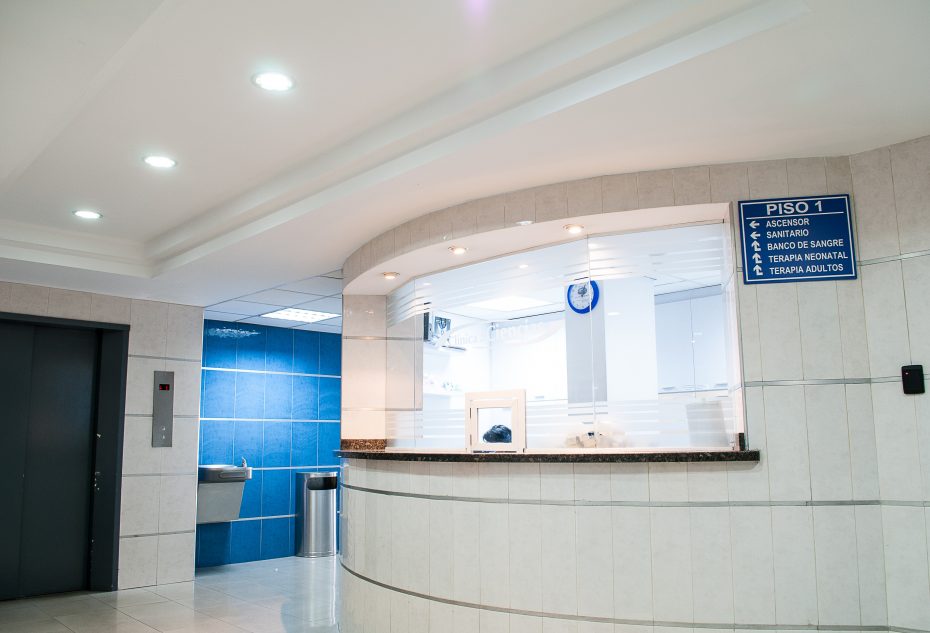Ever-changing legal regulations and shifting insurance requirements can make the financial end of running any health care service pretty complicated.
That’s why smart providers streamline their operations and reduce costs as much as possible.
Thankfully, an increasing number of modern software tools are making that easier. These programs were built to handle the time-consuming and detail-oriented tasks that tend to bog down your staff’s time and resources. Jobs such as managing electronic health records, collecting payments, scheduling appointments, and checking in patients all get much easier with these tools.
You may choose to adopt a “medical practice management” solution that bundles many of these features together, or you can opt for more specialized, independent programs that fit your individual needs. Regardless of how it’s packaged, software has the potential to make big improvements in the following areas of your private health clinic.
Medical Billing and Claims Processing
Other than providing excellent care, the most important job that clinics have is making sure to get paid for that care. Unfortunately, that’s not always easy.
Coding the claims, submitting them to insurance, then following up on them is likely one of the most complicated and time-consuming parts of your administrators’ jobs. Using software that was designed to make this process easier does more than free up your staff’s time (which they can then use to focus on improving other areas of your practice). It also tends to result in better reimbursement rates, and in getting those reimbursements more quickly — which can lead to a big improvement in cash flow.

There are dozens or even hundreds of medical billing software options on the market, and they range from simple to complex.
The simplest systems may provide things like basic financial statements and payment processing.
The more robust versions will “scrub” each insurance claim before it’s sent, making sure that it’s coded properly and takes all of the newest regulations and laws into account. Avoiding time-consuming errors that delay getting paid is well worth the software investment.
Other than scrubbing claims, comprehensive medical billing programs may help your clinical staff do things like issue billing estimates, code claims properly, check patient eligibility, and send remittance advice. They may also provide helpful analytics and reports about the clinic’s finances.
You may want to look for a medical billing system that directly integrates with your electronic health records program for an additional level of automation.
Patient Scheduling Software
Health clinic scheduling is another essential task that can really benefit from the right kind of software.
Scheduling appointments can be a big drain on clinical staff’s resources. An inefficient or suboptimal scheduling process can cause confusion, upset your customers, and stress out your staff. Perhaps most importantly, scheduling systems that aren’t proactive enough can result in more no-shows and last-minute cancellations, which can be a huge drain on your clinic’s potential revenue.
Medical scheduling software can help with all of those problems by making the scheduling process easier, more efficient, and less susceptible to error.
The best medical scheduling systems will help admin staff schedule appointments as quickly as possible by making it easy for them to see available time slots, and will make it impossible to double-book rooms or physicians. It will also remind patients about their scheduled appointments (via text, phone or email).
Medical scheduling software options abound. Many of them are even tailored to certain industries or types of care. If you choose a program that integrates with your billing and/or electronic medical records (EMR), your staff may be able to find relevant information across platforms and perhaps even pre-populate contact information for scheduling notifications.
Patient Portal Software
Giving patients the ability to access their own health data online has plenty of benefits. It’s convenient for patients, it cuts down on administrative work and phone calls for staff, and it can even get patients more engaged in their care.
Patient portal software gives patients secure access to information about their care, including instructions from their doctor, notes about their conditions, and more. This tool may eliminate the need for your staff to directly contact patients about things like their lab results, for example. Patients can simply log into the portal at their convenience to see the results.

Patients may also be able to use their online portal to fill out new registration forms and other intake information, communicate with their doctors, make or request appointments, see their appointment schedules, make payments, and view payment history.
Another great feature that many patient portals offer is automated, electronic prescription refills. Patients can make requests through the portal, and the provider can log in and approve the request — no phone calls or traditional office hours necessary.
Patient Management Software
Another core health clinic task that’s ideal for a software solution is “patient management.” This is a general term that refers to the time-consuming and detail-oriented work required to check patients in, including collecting their relevant information, getting them registered in the system, and collecting signatures for relevant paperwork.
These programs may come with hardware or check-in kiosks that you can place in the reception area. This hardware communicates seamlessly with administrators’ computers so that they can get a good handle on all the patient data being collected, as well as overall insights into the flow of patients throughout the clinic.
Software solutions don’t have to be industry-specific to be really helpful. #receptionistapp Click To TweetPatient management software may also have the ability to add patients to waitlists and queues, and track and report on wait times. This functionality can be especially helpful for urgent care clinics or similar services where patients can drop in, or aren’t always scheduled ahead of time.
Some patient management software can also track which rooms or beds patients are assigned to and provide real-time status updates on their whereabouts to administrators and medical professionals.
Although there are plenty of check-in solutions designed specifically for medical use, many health clinics may also take advantage of visitor management software programs to do almost everything that medical programs can do (check visitors in, collect signatures, archive and store their files, run reports) for a potentially lower cost. For example, The Receptionist visitor management system is used to manage patient check-in and reception areas at rehabilitation facilities, speech therapist offices and urgent cares. Click here to learn more about how The Receptionist works with private health clinics.
Choosing Software for Your Private Health Clinic
As we mentioned, these features may intermingle in various ways with each software program you evaluate. You may be able to find a single software solution that meets all your clinic’s needs, or you may choose several specialized, independent programs that take care of a distinct job. Plus, as the capacity of third-party integration tools like Zapier grows, your odds of being able to connect separate programs are looking better by the day — especially if you opt to use software that is designed for general business or nonprofit use.
Regardless of which software you choose, it will likely require a long-term commitment.
Sometimes providers require months or years of commitment when you sign up. But even with a month-to-month contract, software programs generally take a while to get used to, both for staff and patients. You also have to integrate the software with other aspects of your clinic, and those connections and habits can become a big chore to untangle. So before you commit to a software, do your research and choose a solution you’ll be comfortable using for the long term.
Share this Post

